What are the different types of archery?
Learn about the different ways you can do archery including target, field, flight and clout.
Learn more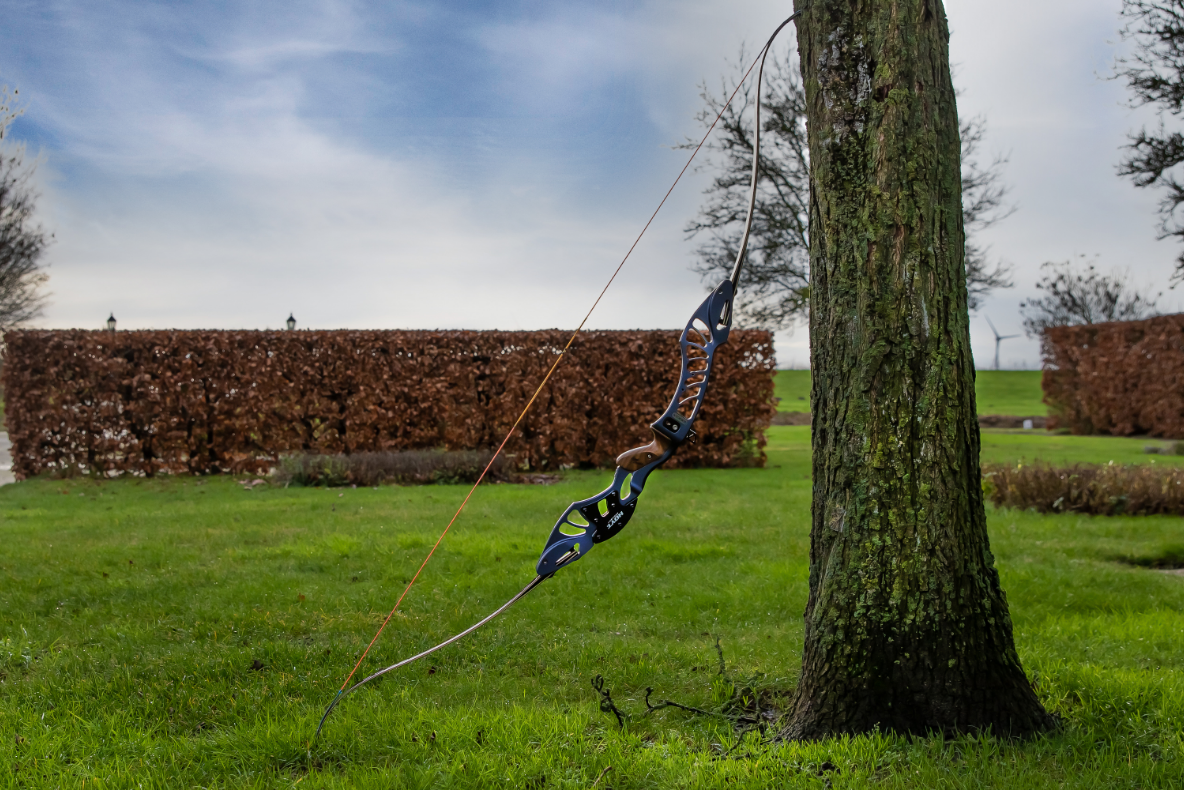
Learn about the different ways you can do archery including target, field, flight and clout.
Learn more
Archery, like any other sport, can involve a large range of equipment and accessories. However, to get started all you really need are the basics.
Learn more
Depending on the bowstyle you choose shoot, you might need specific kit. Here's our guide to the basics you'll need.
Learn more
Bow length significantly impacts draw length, comfort, and shooting performance. An incorrect length can lead to discomfort, poor accuracy, and even injury, while the right length ensures optimal efficiency and enjoyment. Adam from Wales Archery looks at the significance of bow length and why it's important to get it right.
Learn more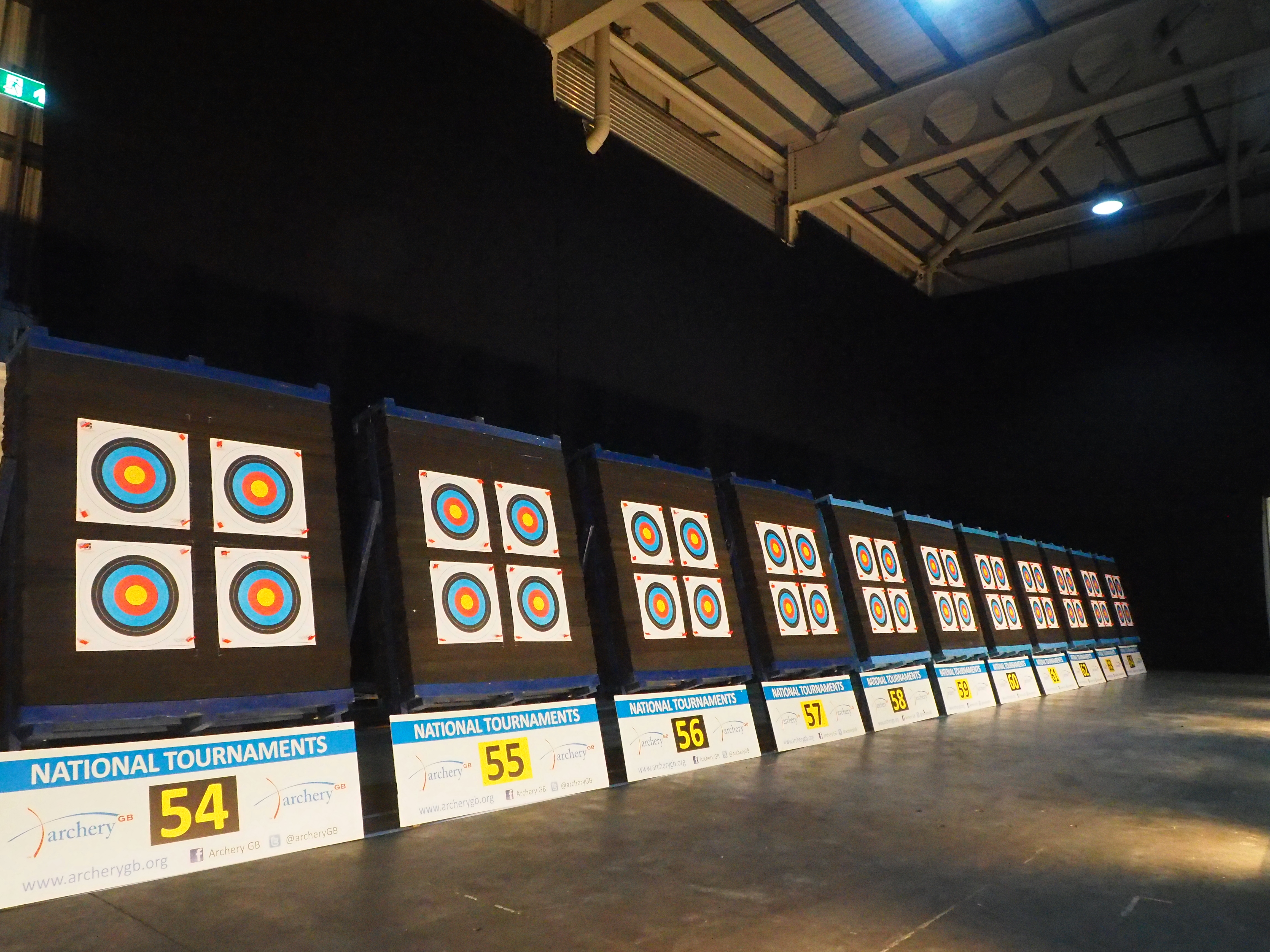
Getting your bow ready for the indoor season doesn't have to be complicated, as Duncan Busby explains. A change in shooting distances and light conditions can require a few adjustments to get your bow shooting its best, but if you follow these simple steps, you can really make the most of the winter months.
Learn more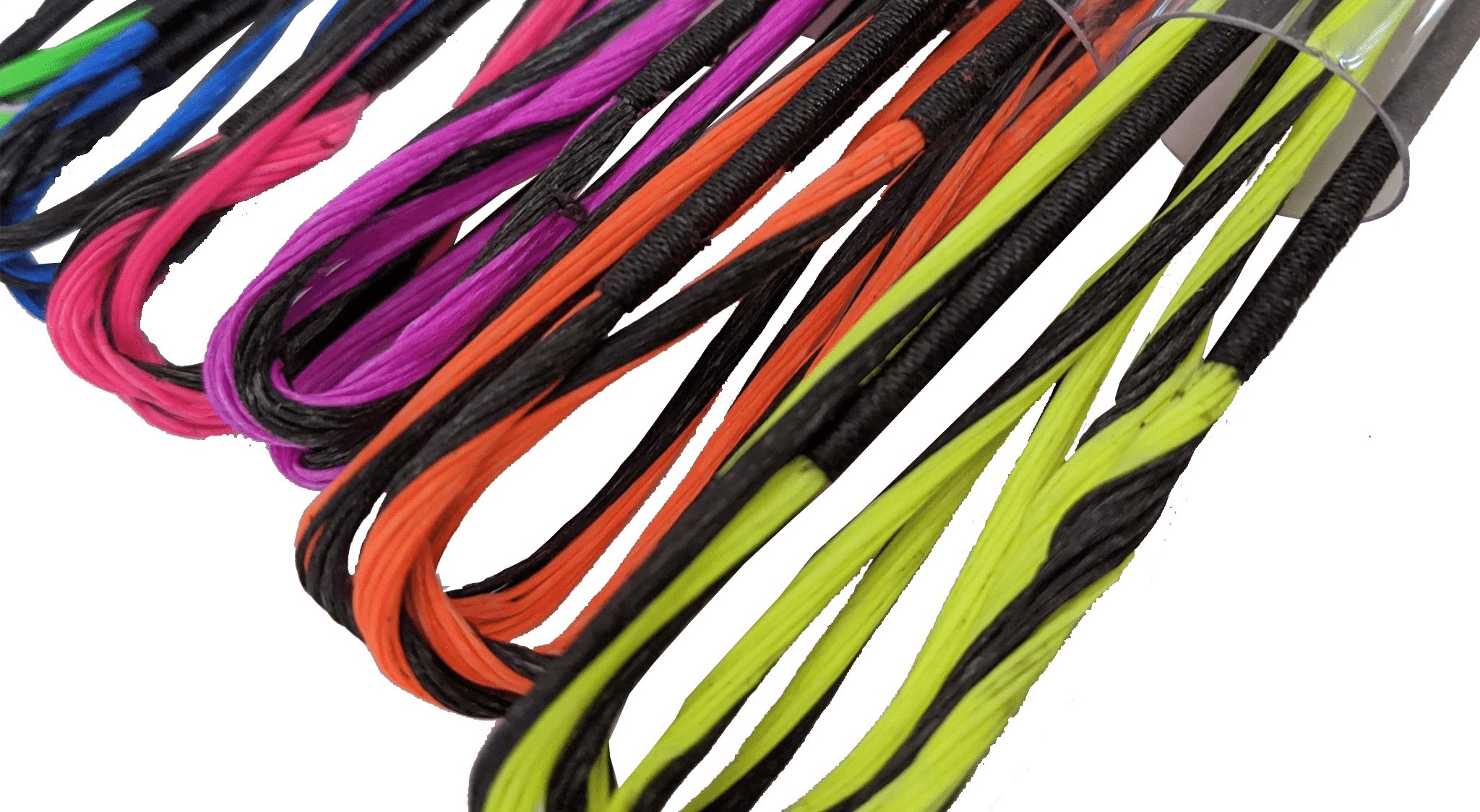
Achieving consistent accuracy in archery requires a well-tuned bow. This article delves into one of the most critical part of your bow setup: your string. Find out more about including nock fit, strand count, bracing height, and nocking point, all essential for clean arrow flight.
Learn more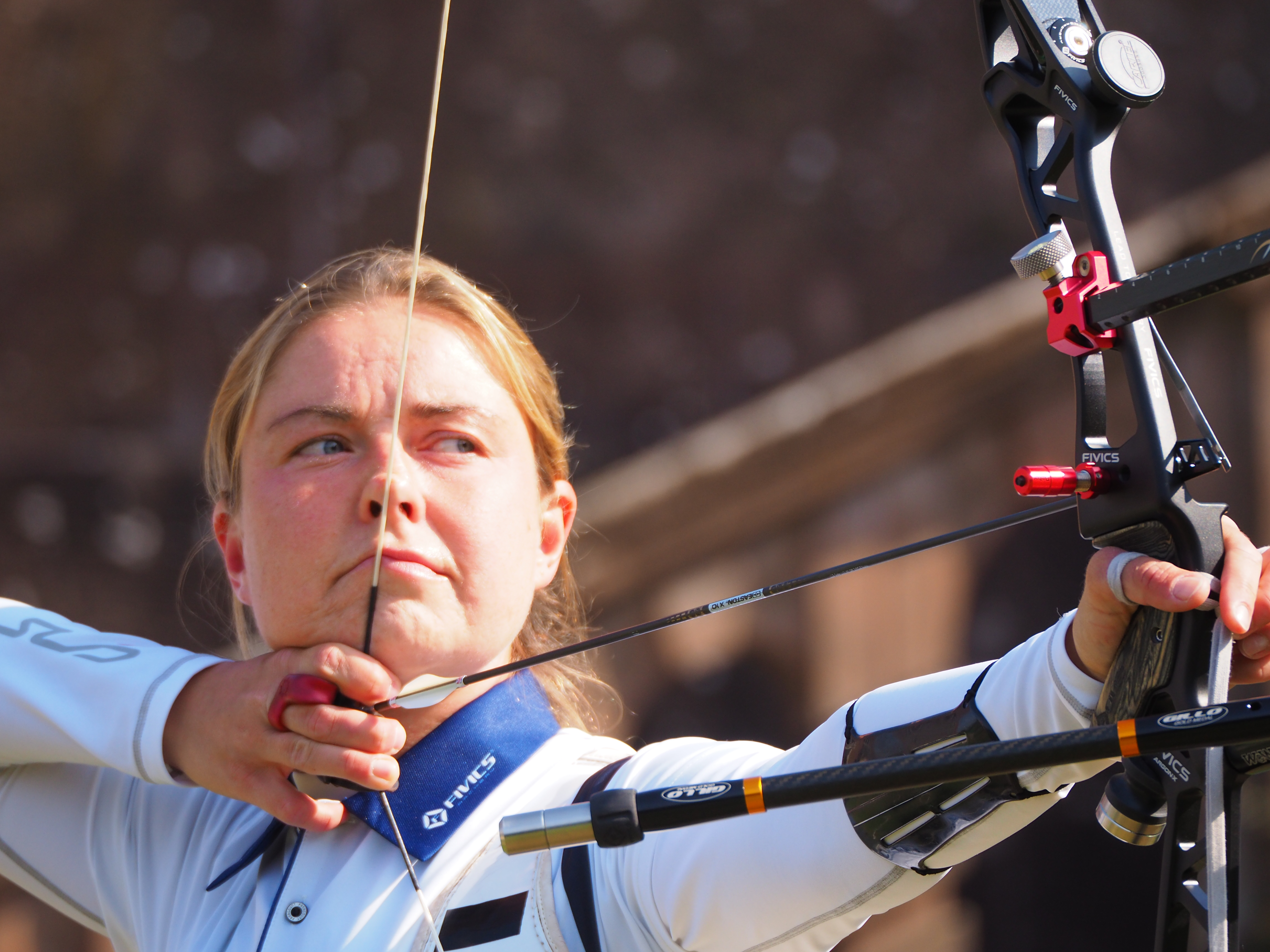
Reference points are a way to help improve scores and groupings by increasing the consistency of what we do, resulting in the same shot sequence every single time, as Adam from Wales Archery explains.
Learn more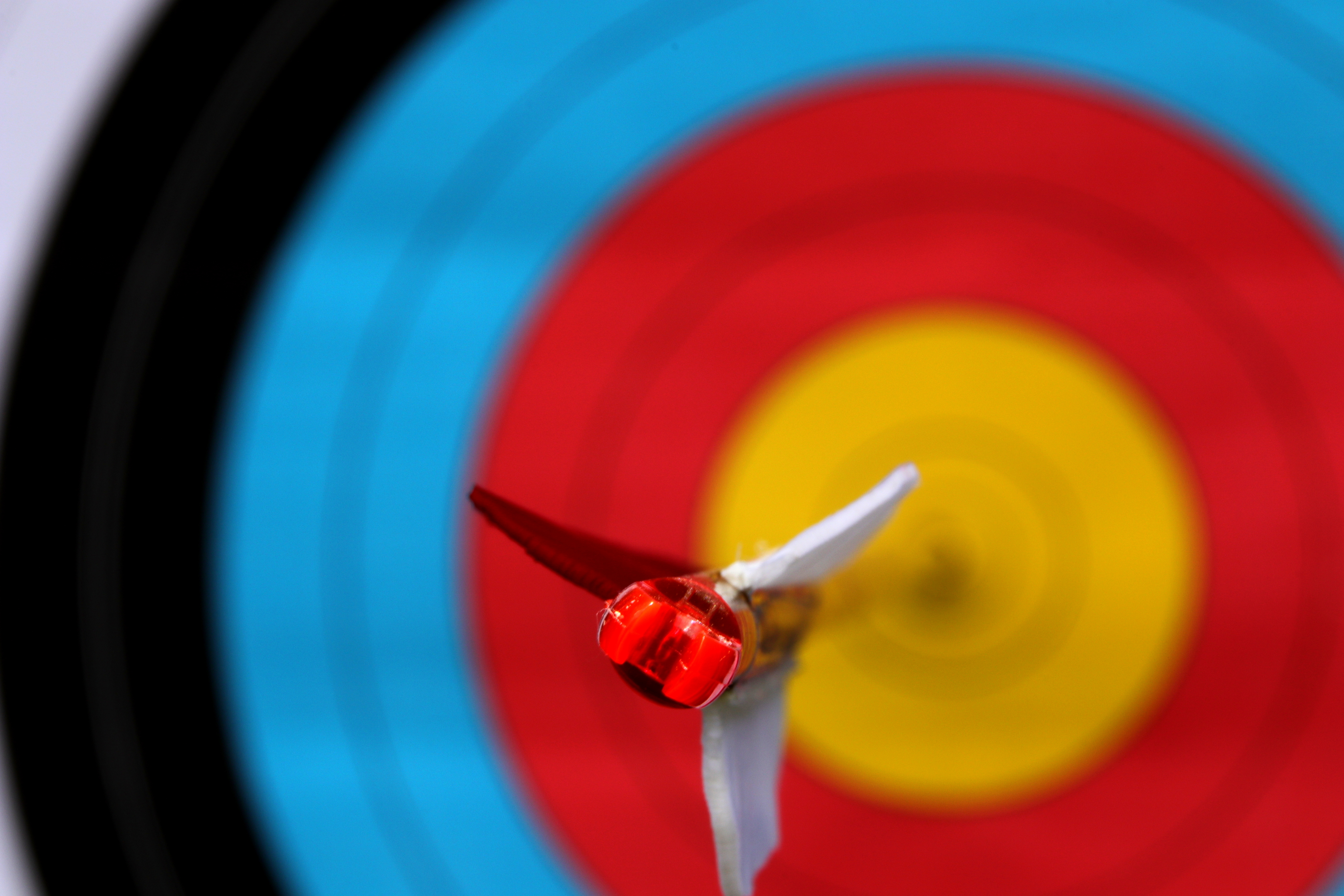
What's difference between aluminium, carbon, aluminium carbon and wooden arrows? Which one is best for your bowstyle, or does it even matter? Here we look at the are advantages and disadvantages of each.
Learn more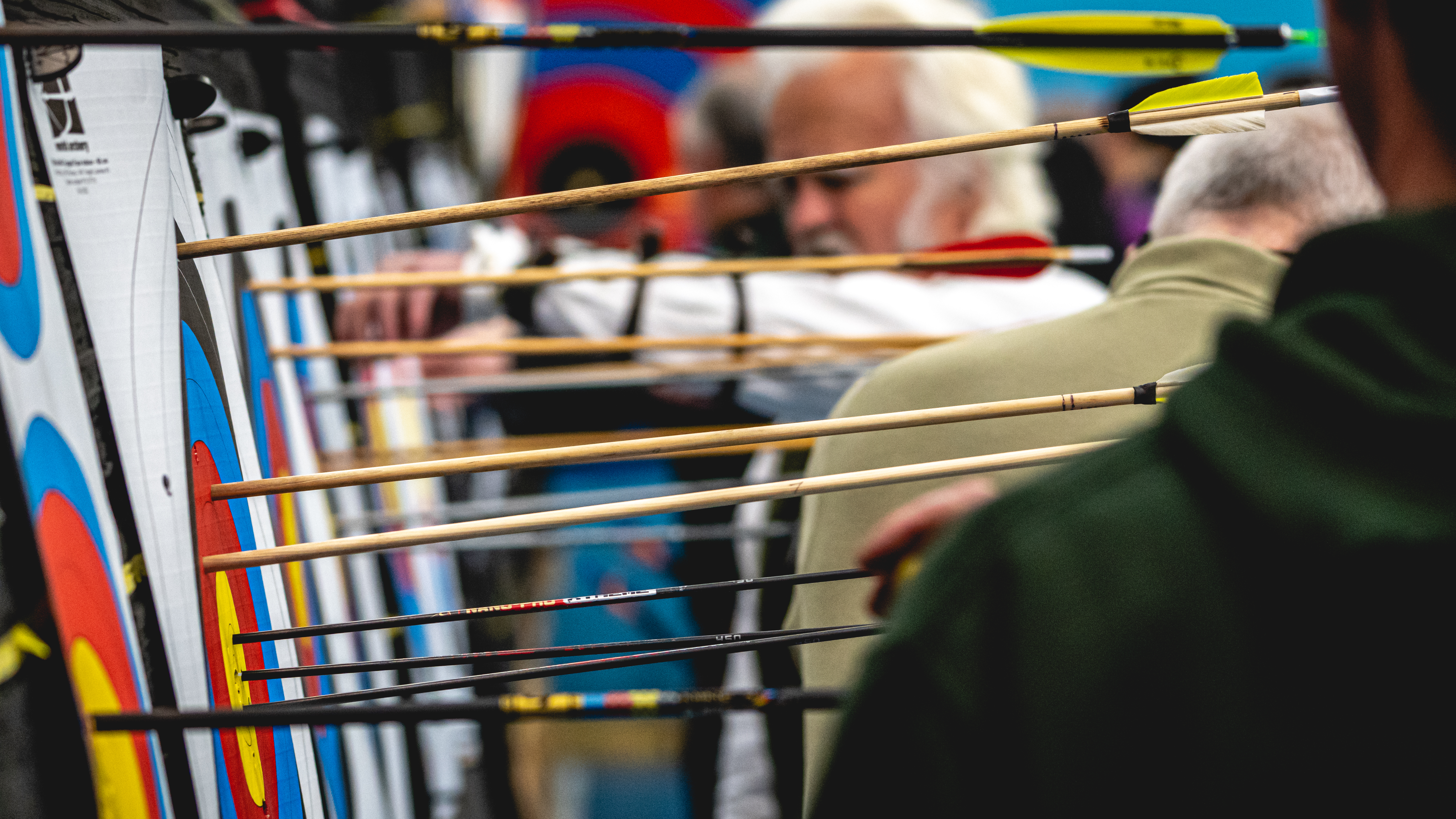
Arrow length refers to the length of the arrow shaft. It is measured from the deepest part of the nock to the end of the arrow, not including the tip. You should know this measurement before buying your arrows.
Learn more
Fletchings are designed to help stabilise, control and spin the arrow. In this article we'll address what different types of fletchings do, as well as how the sizes and placement on the shaft impact the arrow flight.
Learn more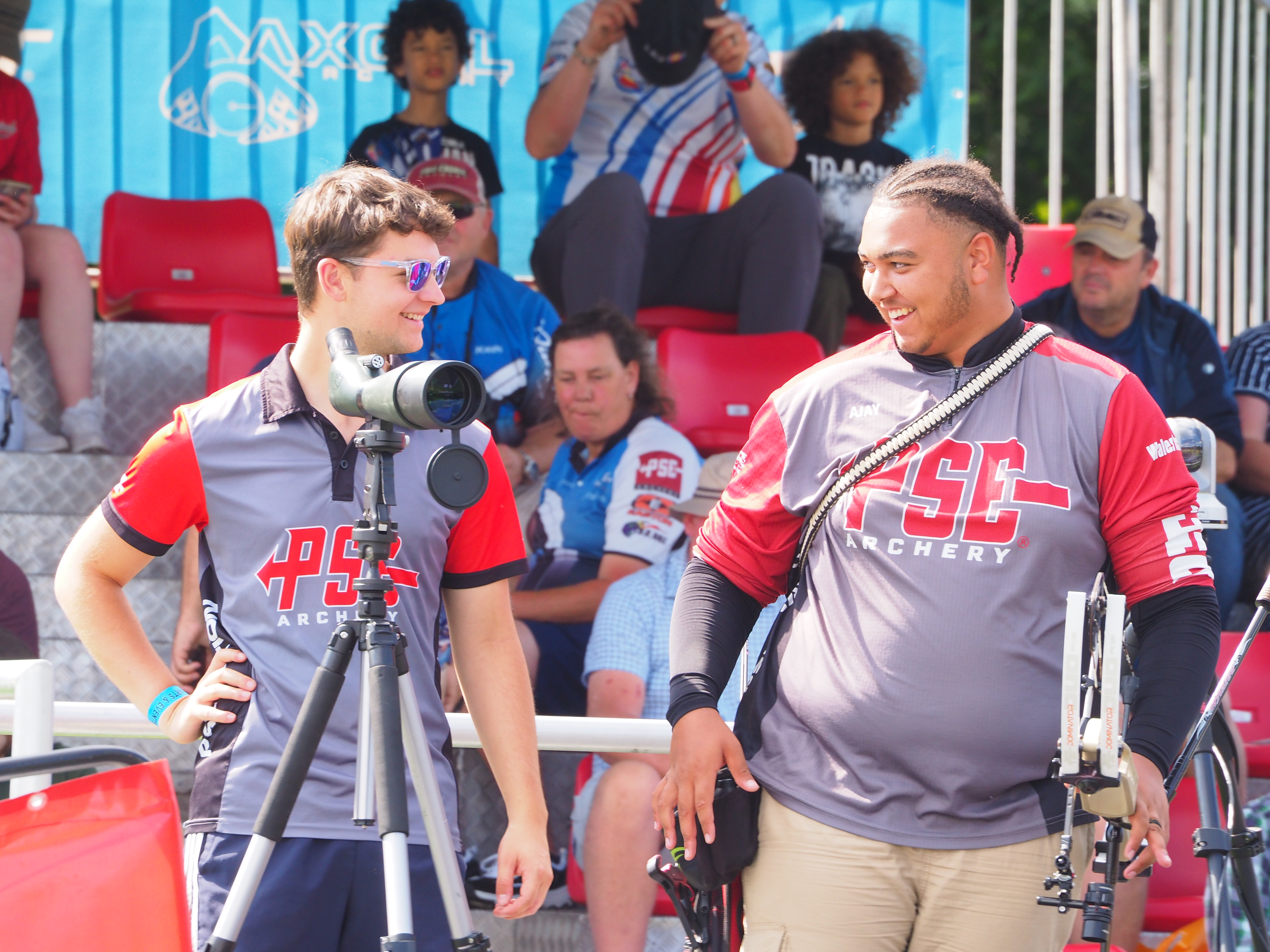
Competitions should be fun and friendly places for archers of all ages and abilities. But, if you've never been to one before, there can be a lot to learn. Here's a quick guide to everything you need to know.
Learn more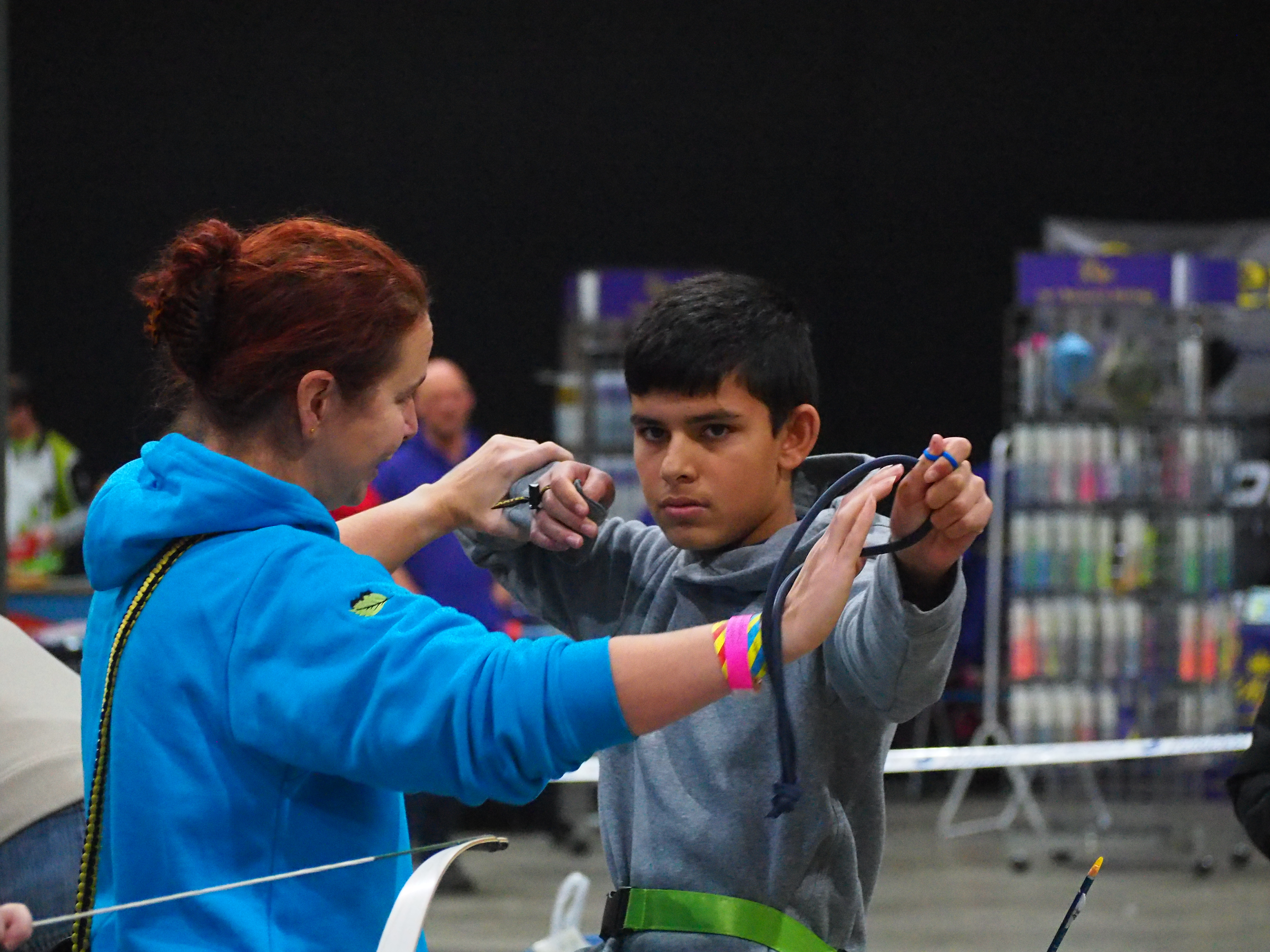
Warming up before and cooling down is an important part of exercise, and archery is no exception. Shooting with cold muscles can lead to muscle soreness and increases your risk of injury later, and cooling down after will help to reduce your heartrate and helps with recovery.
Learn more
The archery shot process, often referred to as the 'shot process' or 'shot cycle,' is a series of sequential steps that a skilled archer follows to ensure a consistent and accurate shot. While the specific steps may vary slightly between archers, the overall sequence remains consistent.
Learn more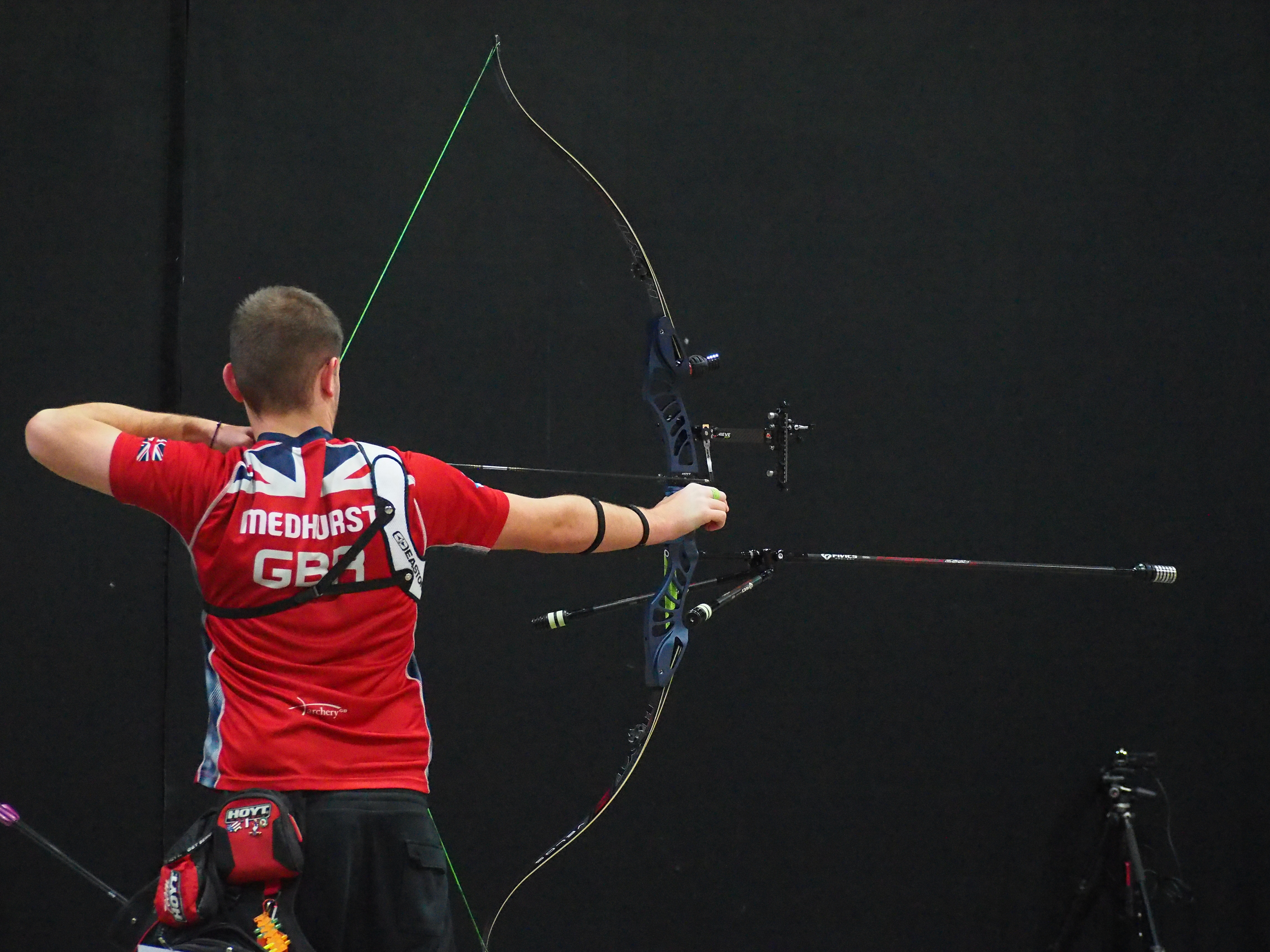
How you stand must be a repeatable action, exactly the same every time. But there are a few different ways to plant your feet and achieve that.
Learn more
For recurve archers, the choice between finger slings and wrist slings can significantly impact your shooting experience by offering support, protection, and improved performance. However, their suitability varies depending on your preferences and shooting style.
Learn more